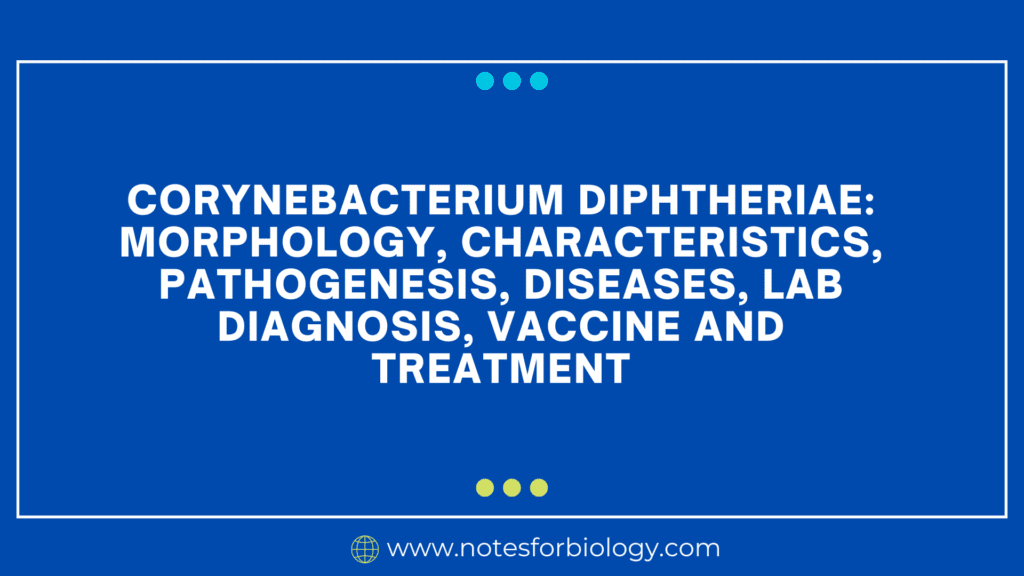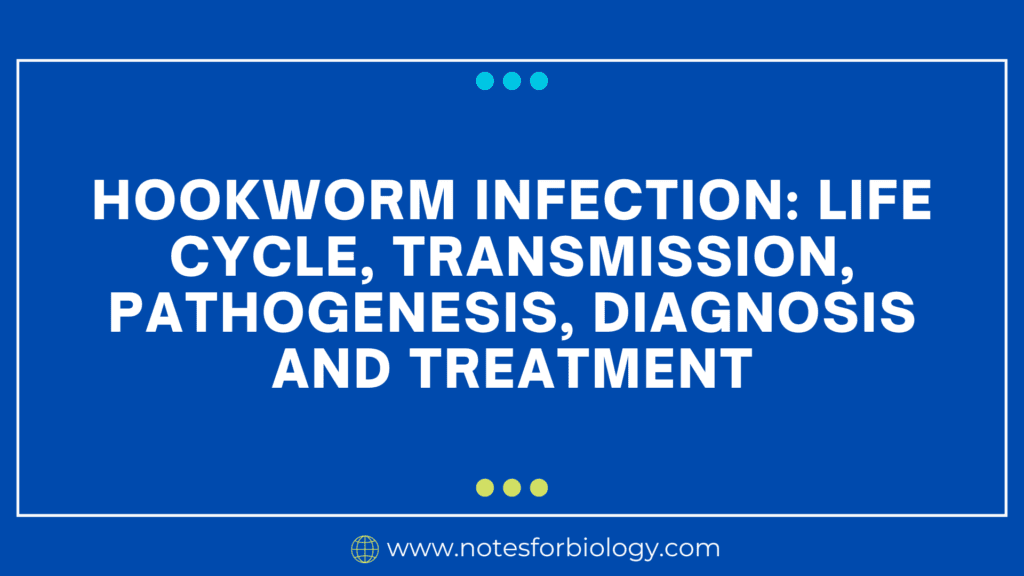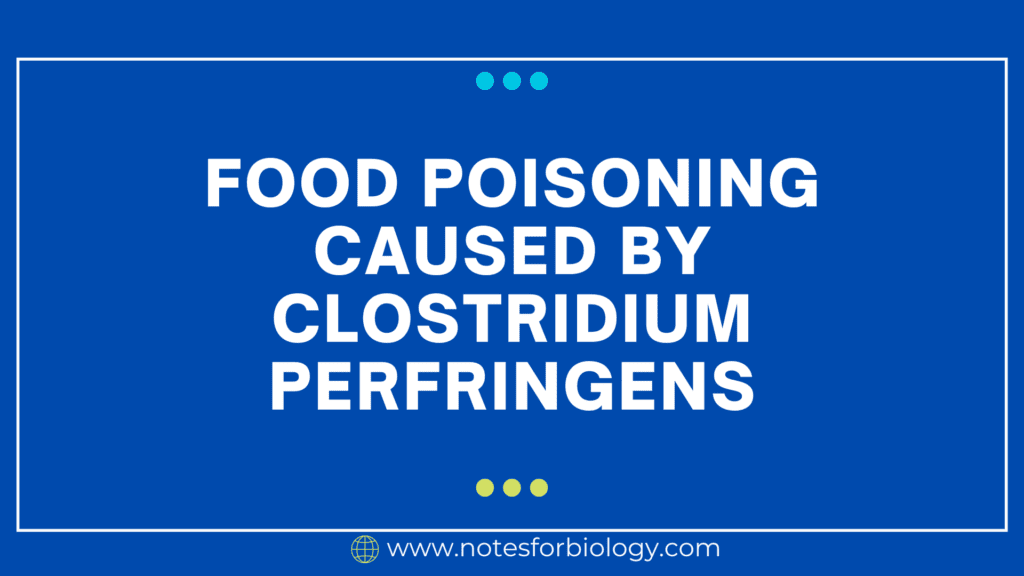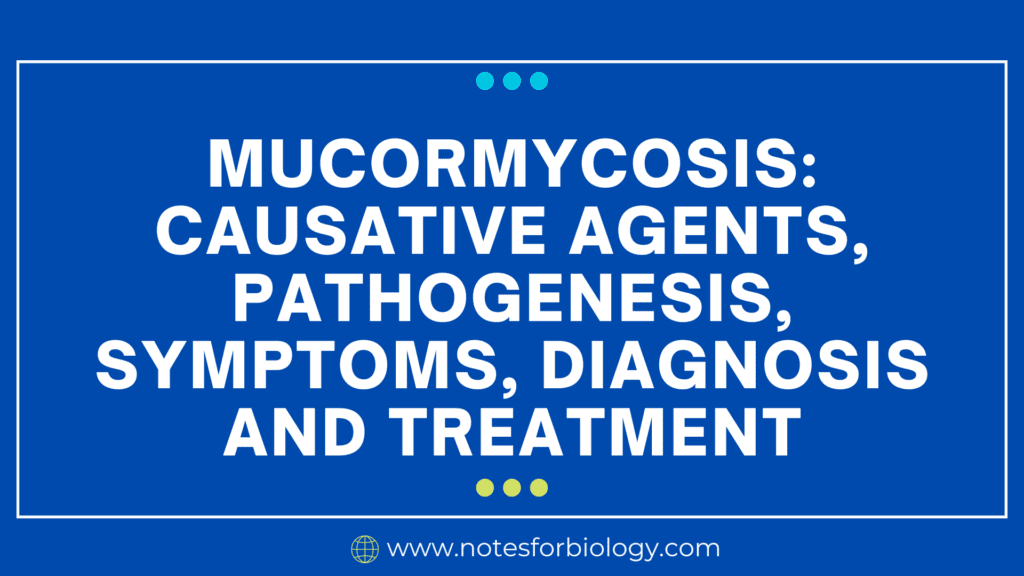Corynebacterium diphtheriae is a serious bacterial pathogen because it produces a powerful exotoxin that can cause severe and potentially fatal illnesses such as respiratory and cutaneous diphtheria. The diphtheria toxoid vaccine is highly efficient in preventing the disease, and treatment consists of antitoxin therapy, antibiotics, and supportive care. Toxin detection, biochemical identification, and culture are all part of laboratory diagnosis.
Table of Contents
Corynebacterium diphtheriae
Corynebacterium diphtheriae is a Gram-positive, non-motile, pleomorphic bacterium that is the causative agent of diphtheria, a serious infectious disease primarily affecting the respiratory tract and occasionally the skin. This bacterium is characterized by its ability to produce a potent exotoxin, which is responsible for the pathogenesis of diphtheria.
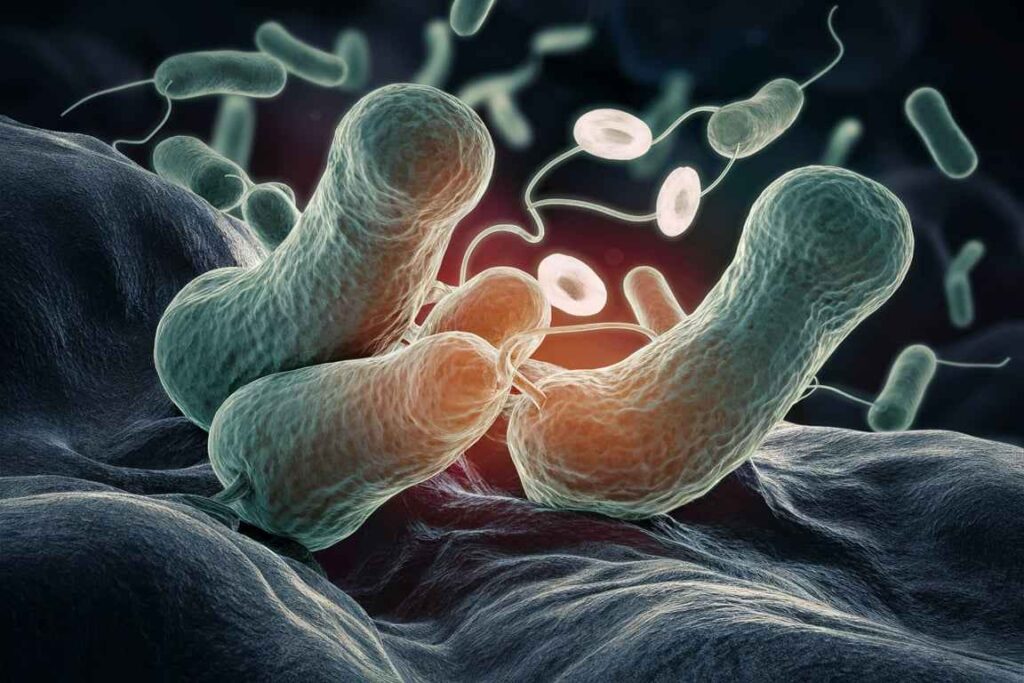
Morphology
- Shape: Gram-positive, non-motile, pleomorphic rods.
- Appearance: Characteristically club-shaped or V- and L-shaped arrangements (palisades).
- Size: Typically 0.5-1.0 µm in diameter and 1.0-6.0 µm in length.
- Staining: Stains unevenly due to metachromatic granules, which can be demonstrated with special stains like Albert’s stain.
Characteristics
- Gram Status: Gram-positive.
- Oxygen Requirement: Facultatively anaerobic.
- Catalase: Positive.
- Growth Conditions: Can grow on complex media like Löffler’s serum medium and blood agar.
- Toxin Production: Produces diphtheria toxin, a potent exotoxin, only in strains infected with a lysogenic bacteriophage carrying the tox gene.
- Biotypes: Four biotypes – gravis, mitis, intermedius, and belfanti, which differ in colony morphology and biochemical properties.
Pathogenesis
- Toxin Mechanism: The diphtheria toxin inhibits protein synthesis in host cells by ADP-ribosylating elongation factor 2 (EF-2), leading to cell death.
- Transmission: Primarily through respiratory droplets, direct contact with infected lesions, or contaminated objects.
- Colonization: Typically colonizes the mucous membranes of the respiratory tract or skin.
- Toxin Gene Regulation: Expression of the toxin gene is regulated by iron levels in the environment; low iron levels increase toxin production.
Diseases
- Respiratory Diphtheria: Characterized by sore throat, low-grade fever, and an adherent pseudomembrane on the tonsils, pharynx, or nasal cavity. Severe cases can lead to airway obstruction, myocarditis, and neuritis.
- Cutaneous Diphtheria: Presents as chronic non-healing ulcers covered by a grayish membrane.
Laboratory Diagnosis
Specimen Collection:

- Throat swabs from the pseudomembrane for respiratory diphtheria.
- Swabs from skin lesions for cutaneous diphtheria.
Microscopy:
- Gram stain reveals Gram-positive rods with a characteristic club-shaped appearance.
- Special stains (e.g., Albert’s stain) reveal metachromatic granules.
Culture:
- Grown on selective media such as tellurite agar (e.g., Tinsdale agar), which inhibits the growth of most other respiratory flora and results in black colonies.
- Löffler’s serum medium enhances the production of metachromatic granules.
Toxin Testing:
- Elek Test: An in vitro immunodiffusion test to detect diphtheria toxin.
- PCR: Detection of the tox gene by polymerase chain reaction.
- EIA: Enzyme immunoassay to detect the toxin in clinical samples.
Biochemical Tests:
- Identification based on biochemical reactions and carbohydrate fermentation patterns.
Vaccine

- Type: Diphtheria toxoid (an inactivated toxin).
- Schedule: Part of the DTaP (diphtheria, tetanus, and acellular pertussis) vaccine series for children and the Tdap or Td booster vaccines for adolescents and adults.
- Efficacy: Highly effective in preventing diphtheria, with booster doses recommended every 10 years.
Treatment
Antitoxin
- Diphtheria antitoxin, derived from horses, neutralizes the toxin. It is most effective when administered early in the course of the disease.
Antibiotics:
- First-line: Erythromycin or penicillin.
- Alternatives: For patients allergic to the first-line antibiotics, alternatives like azithromycin or clarithromycin can be used.
Supportive Care:
- Maintaining airway patency in cases of respiratory diphtheria.
- Management of complications such as myocarditis or neuritis.
Isolation:
- Infected individuals should be isolated to prevent the spread of the bacteria until they are no longer infectious, typically after completing at least 48 hours of antibiotic therapy.
Frequently Asked Question
What is Corynebacterium diphtheriae?
Corynebacterium diphtheriae is a serious bacterial pathogen because it produces a powerful exotoxin that can cause severe and potentially fatal illnesses such as respiratory and cutaneous diphtheria.
What are the Characteristics of Corynebacterium diphtheriae?
The Characteristics of Corynebacterium diphtheriae are
1. Gram Status: Gram-positive.
2. Oxygen Requirement: Facultatively anaerobic.
3. Catalase: Positive.
4. Growth Conditions: Can grow on complex media like Löffler’s serum medium and blood agar.
5. Toxin Production: Produces diphtheria toxin, a potent exotoxin, only in strains infected with a lysogenic bacteriophage carrying the tox gene.
6. Biotypes: Four biotypes – gravis, mitis, intermedius, and belfanti, which differ in colony morphology and biochemical properties.
Related Article

